
When listening to the works of Ludwig van Beethoven (1770-1827), we are confronted with the big questions as well as our inner demons. We can explore the essence of humanity, the moralistic power of politics and society, and the profound need to be desired and loved. Much like his contemporaries, Beethoven was a true child of the Enlightenment, and the notion of freedom would always sneak into his work in one form or another. But the famous composer was also set on defying conventions. Not out of a desire to shock, but out of a need to have the freedom to protect his artistic integrity.
Music As Beethoven’s Escape From Family Life
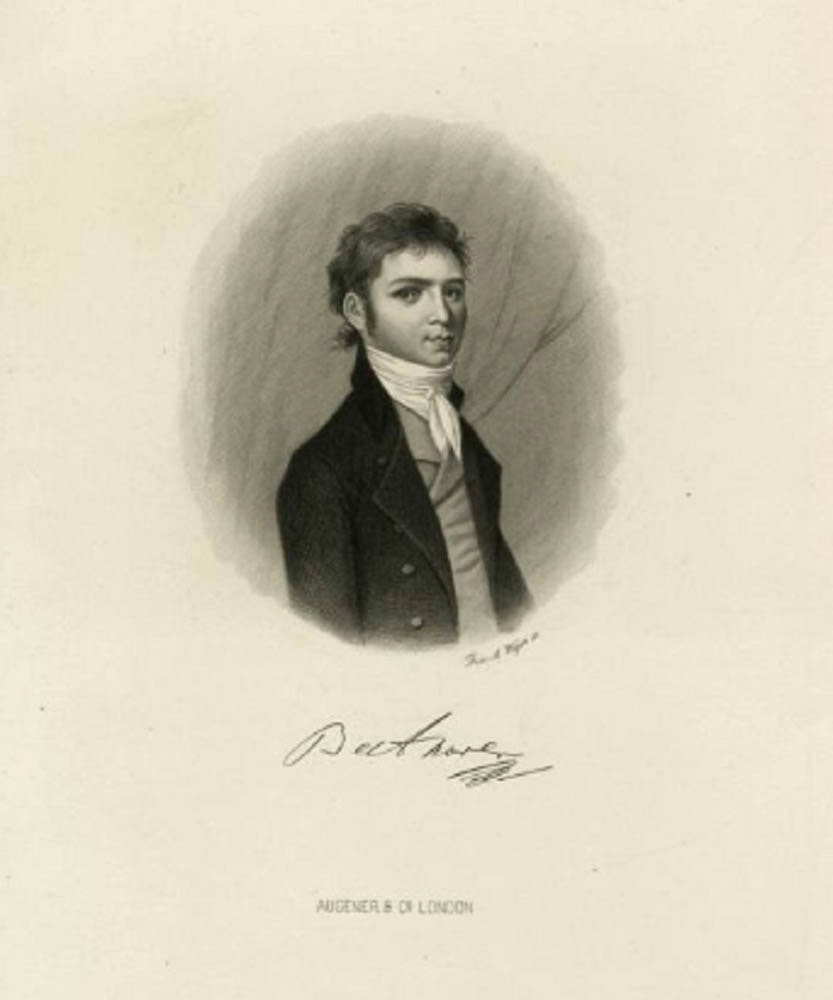
Ludwig van Beethoven was born in Bonn, Germany in 1770. He was raised in a family of court musicians, however, the famous composer never remembered his childhood fondly. Unlike Wolfgang Amadeus Mozart’s father, who dragged his little wunderkind all over Europe to perform, Beethoven’s father, Johann van Beethoven, would often reveal himself to be more envious than proud. Although Johann did mentor his son in his early years, he was a raging alcoholic and his incredibly unpredictable moods would bewilder the young child.

Despite the fact that Beethoven wasn’t as encouraged and supported as his iconic predecessor, he showed a comparable level in skill so he could also easily be labeled as a child prodigy. Beethoven found comfort in his music. At the age of 13, he landed his first job as an assistant court organist. He studied Mozart, Franz Joseph Haydn, and Johann Sebastian Bach. Beethoven must have relished the thought of furthering the tradition of such illustrious composers, as at the tender age of 11, he already wrote a series of sonatas, the so-called Kurfürsten Sonatas.

Get the latest articles delivered to your inbox
Sign up to our Free Weekly Newsletter
However soothing and comforting his music, Beethoven’s family life would keep troubling him. His mother died of consumption when he was 17 years old and his father’s alcoholism grew steadily worse. At the age of 19, Beethoven took charge and replaced his father as the head of the family. It wouldn’t be long before his talent would bring him to the musical capital of Europe.
A Rebel Finds His Own Voice

In 1792, Beethoven found his way to Vienna in order to study under Haydn. Not too long after meeting Haydn, the stubborn composer would confront his teacher and express a desire to break free from the conventional musical formulas he was supposed to follow. Mozart had died only a year earlier, in 1791, and his death had only added to his rising influence, setting the benchmark for what contemporary music should be.

But Beethoven wanted to follow his own path and these unpredictable and unexplored musical territories would set him apart from others as a fresh and original voice. In his 1795 Piano Sonata No. 1 in F minor, Op. 2, No. 1, he achieved contrast not by changing keys as his contemporaries, but by experimenting with alterations in speed, repetition, and stark shifts between soft and loud. This would become a common theme in his music. In the same year, his piano trio in C-minor made its debut with a rousing finale full of urgency, chaos, and jarring repetitions. Ferdinand Ries, Beethoven’s student, said of the premiere:
“Most of the artists and music lovers were invited, especially Haydn, for whose quartets all were eager. The trios were played, and at once commanded extraordinary attention. Haydn also said many pretty things about them, but advised Beethoven not to publish the third, in C minor. This astonished Beethoven inasmuch as he considered the third the best of the trios. . . Consequently, Haydn’s remark left a bad impression on Beethoven, and led him to think that Haydn was envious, jealous, and ill-disposed toward him.”
Passions would certainly flare up between the two iconic composers on more than one occasion. It’s certain that Beethoven made a clear declaration of who he was as an artist.
The Famous Composer and the Ideals of the Enlightenment
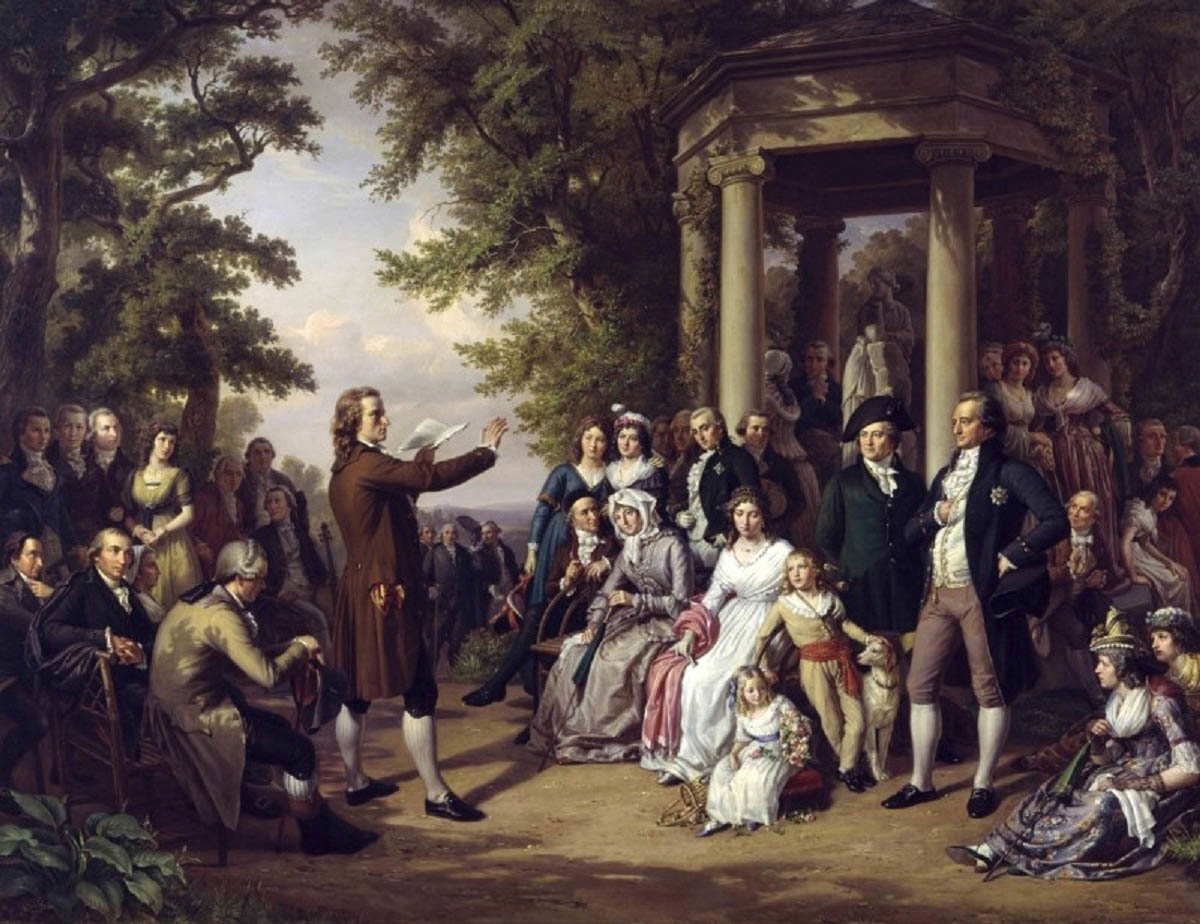
Beethoven was born during a time when Europe’s intellectual and social landscape was transforming. In France, the Age of Enlightenment famously found its somewhat gruesome apotheosis in the French Revolution. The feudal system was abolished, the French monarchy came to an end, and the Catholic church was robbed of its political power. But the ideals of virtue, reason, freedom, and progress, also found some unique expressions in other European nations.
In the German States, Joseph II, the enlightened despot for whom Beethoven had written a cantata in honor of his death, abolished serfdom, reduced the political influence of the church, and put an end to press censorship. Authors such as Johann Gottfried von Herder, Johann Wolfgang von Goethe, and Friedrich Schiller, headed the Sturm und Drang movement where Enlightenment ideals were synthesized in works of proto-romantic fiction.

Musicians also played a vital part in furthering the ideas of the Age of Enlightenment. In The Magic Flute, Mozart famously communicated the ideals of fraternity, virtue, and freemasonry to the general public. Beethoven also held the principles of the Enlightenment close to his heart as he would explore the ideas of freedom and justice in his music. His Eroica (1803) makes a stout declaration on heroic freedom, while his Egmont Overture (1810) expresses the need for freedom from an oppressive system, and in his famous Ninth Symphony (1824) both political and artistic freedom take center stage.

The Eroica was written during a time of great emotional distress for Beethoven. He had removed himself from high society and was trying to navigate his career through his impending deafness. Almost as a type of redemption song, he wrote his Eroica, an exuberant and triumphant piece dedicated to Napoleon Bonaparte. Beethoven held Napoleon in the highest esteem and would compare his term as First Consul of France, to those of the great Consuls of Rome. When the piece was finished in early 1804, he’d scribble down the title on the top of his sheet: Sinfonia intitolata Bonaparte.

Napoleon supported the revolutionary principles and he would largely honor the social changes established during France’s Age of Enlightenment. However, he seemed to have abandoned some of these values in May of 1804 when he declared himself the emperor of France. Beethoven dubbed Napoleon as nothing more than a tyrant and immediately changed the title of his work to Sinfonia Eroica.
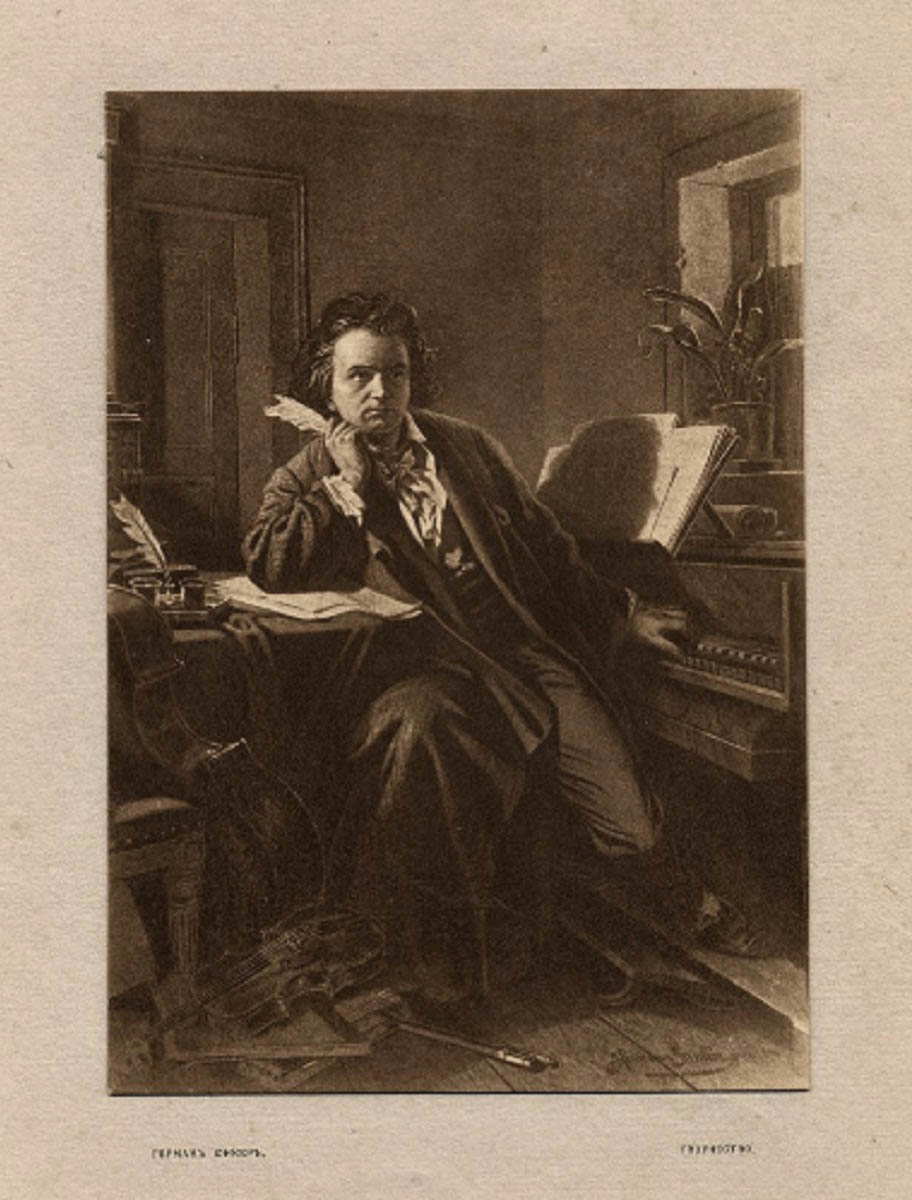
When we look at Beethoven’s big pieces, we see a man who is not afraid to take a strong political stance, and we get a sense that the famous composer was both an artistic leader and an advocate for social change. But when we look at his sonatas which represent a more private form of his musical expression, we can see that Beethoven also laid his inner struggles bare.
Can the Perfect Woman Only Exist In Opera?

The famous composer fell in love many times during his life, but none of these love stories had a happy ending. After just a few years in Vienna, Beethoven became known for his skills as a virtuoso pianist. He became the headliner in improvisation contests, an event where two pianists would compete by improvising on a specific tune. Beethoven’s expression and talent would make the aristocratic ladies request music lessons from the musical master. But once their infatuation faded and the short, grumpy man with a rather unkempt appearance would sit before them, most women would quickly feel their fascination with Beethoven wear off.
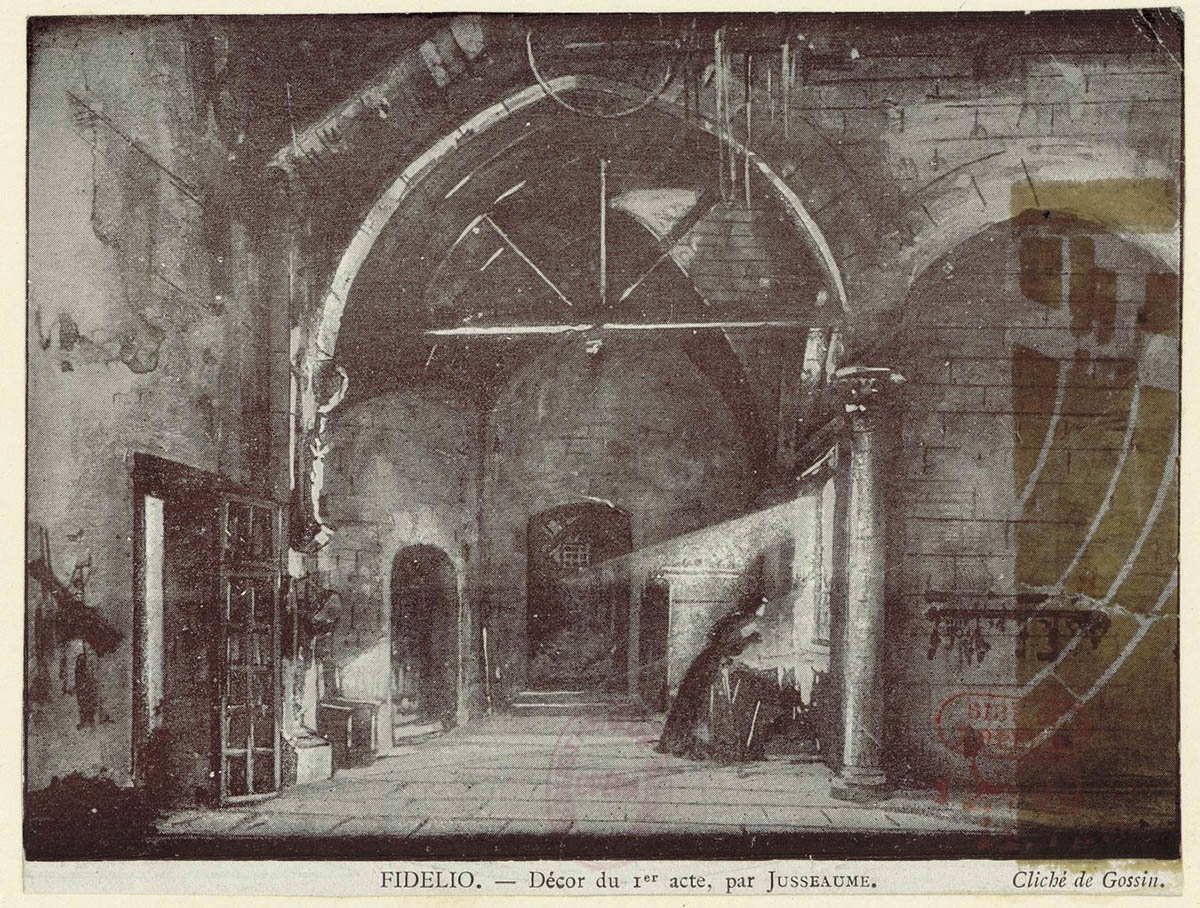
There are numerous accounts of Beethoven falling for his students. Countess Giulietta Guicciardi, to whom he dedicated his famous Moonlight Sonata, originally titled Piano Sonata No. 14 Sonata quasi una fantasia, was one of his famous students and love interests. But Guicciardi, much like other ladies, held a higher social status than the famous composer. While unlucky in romantic love, Beethoven would often find close friends and confidants in these women.

The famous composer’s political beliefs in virtue, honor, and morality, also extended to his personal life, and he expected the people around him to live up to these ideas. Beethoven’s admiration for the virtuous woman is perhaps most beautifully expressed in the only opera he has ever written, Fidelio. In the original libretto written by Jean-Nicolas Bouilly, a French writer and politician of the French Revolution, a woman called Leonora disguises herself as the male prison guard Fidelio in order to rescue her husband Florestan, a political prisoner awaiting his death.
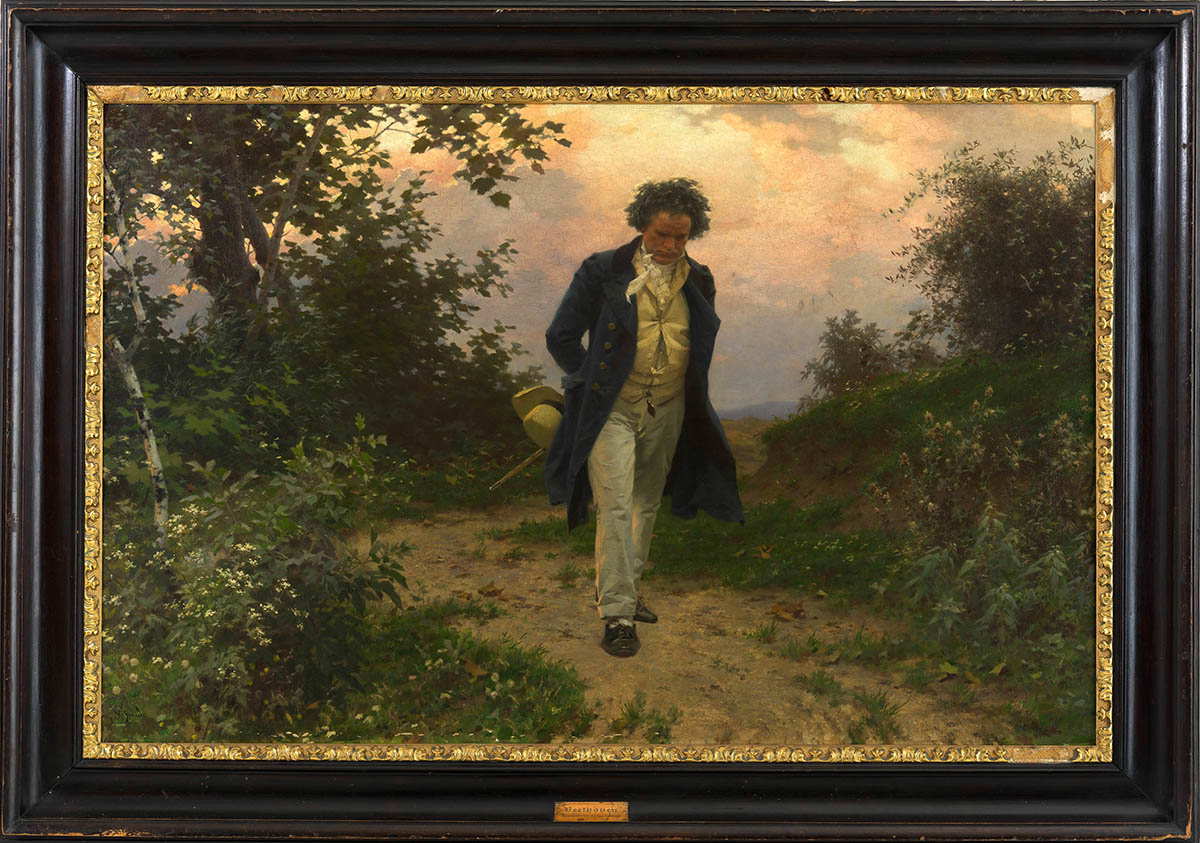
The libretto and opera were both instilled with the ideals of the Enlightenment, but in its center stands a righteous and virtuous woman as an embodiment of moralistic principles. Despite the fact that the piece was later dubbed Fidelio, the opera was initially named after the female protagonist, Leonore. The initial full title of the opera was Leonore or The Triumph of Marital Love.
Beethoven Goes Deaf

Despite his many accomplishments, Beethoven is perhaps best known as the deaf composer. Beethoven first noticed signs of hearing loss at the age of 28. As his condition progressed and attempted remedies failed to help his state, the famous composer briefly thought of death. By 1802, Beethoven had retreated to the countryside surrounding Heiligenstadt. While there, he created the so-called Heiligenstadt Testament, a letter addressed to his brothers, where he spoke about his despair over going deaf, his desire to fulfill his destiny as a musician, and his contemplations of suicide. However, the letter was never sent.

It is not certain what caused Beethoven’s hearing loss. There are theories that range from typhus, to lead poisoning and syphilis. While his affliction would only get worse and Beethoven would lose his hearing almost entirely by his mid-forties, this didn’t prevent him from creating some of his most iconic works. Beethoven did not go deaf overnight and he spent the first three decades of his life creating sonatas, symphonies, and string quartets. Therefore, he understood exactly how instruments would interact with each other and he was able to identify a sound by its vibration.

But this does not mean that his music didn’t change. When Beethoven’s hearing first started failing him, his compositions generally became constructed around the lower notes which he could hear more clearly. This is noticeable in his Moonlight Sonata, or, indeed, Fidelio. In his later years, however, a full range of notes and frequencies once again graced his compositions, which suggests that by this time, Beethoven was capable of writing a masterpiece largely from his imagination.

Beethoven was a classic example of a tortured artist, an enlightened thinker, and a guardian of moral values. When confronted with his hearing loss, he spoke of his artistic destiny and not of making music in order to earn money. With his incredible compositions and his strong will to create art despite his personal troubles, he inspired so many generations of artists.







